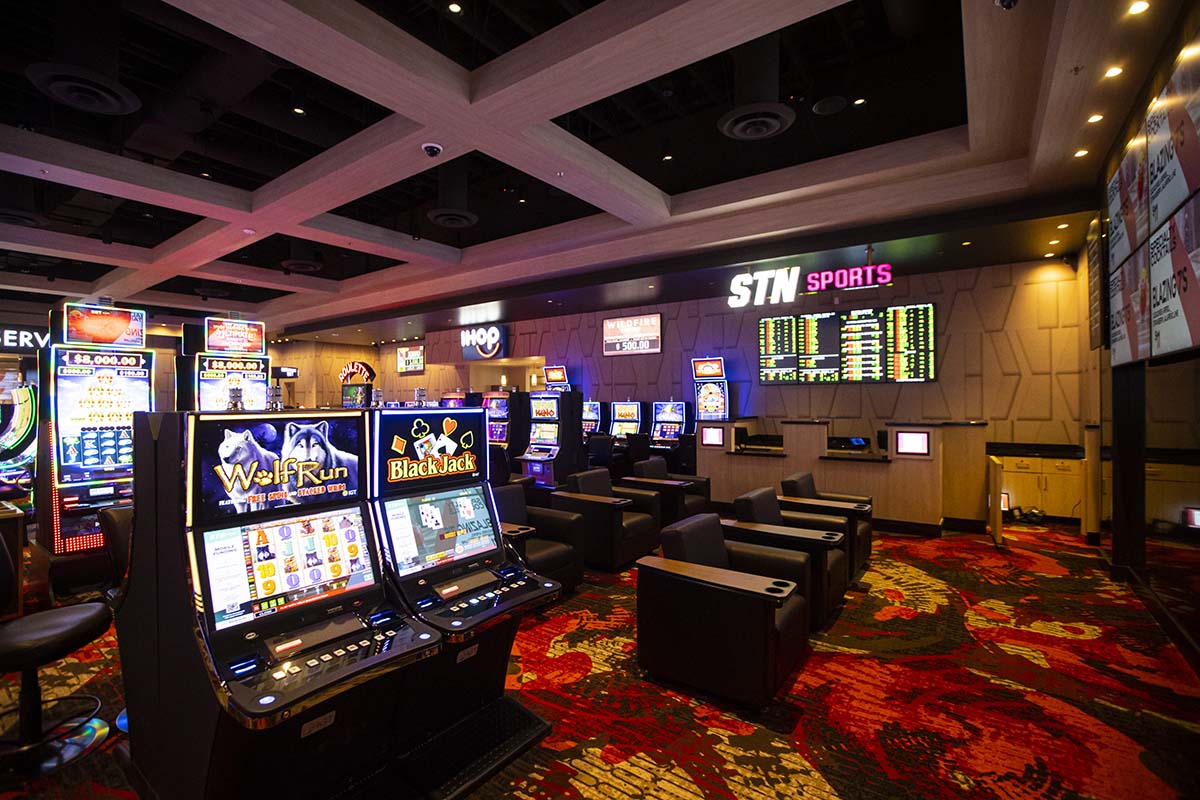
Gambling games have long captivated human interest, drawing participants into a world filled with fortune, strategy, and the allure of adventure. Each experience is painstakingly crafted not just for fun, but also to evoke targeted emotional responses that keep gamblers involved and committed. Understanding the drives behind these designs reveals much about how psychology plays a crucial role in the gaming experience.
From the bright lights and dynamic sounds to the intricate layering of rules and rewards, casino games are designed to create an atmosphere of thrill and anticipation. Game designers leverage behavioral strategies to influence participant behavior, whether through the use of winning opportunities, near-miss scenarios, or social connections. By examining these elements, we can better appreciate how casino games fulfill not just a need for entertainment, but more profound psychological needs for thrill and hazard.
Grasping Player Actions
Casino games are engineered with a deep understanding of player psychology, which is crucial for drawing in and holding players. Ga179 The thrill of the game, combined with the anticipation of winning, establishes a formidable allure. Game designers make use of elements like audio cues, dynamic graphics, and engaging gameplay to engage attention and elicit emotional responses. These sensory elements enhance the total environment, making players feel more invested in the game.
Another important aspect of player behavior is the concept of risk and reward. Casino games often balance high-risk scenarios with the potential for substantial rewards, which can result in the phenomenon known as near-miss effect. When players come close to winning, the brain releases dopamine, strengthening their behavior and prompting them to persist playing in search of that hard-to-reach win. This cycle of anticipation and frustration plays a crucial role in how games are designed and promoted.
Lastly, community aspects also play a central role in player behavior at casinos. Many games are crafted to be played in groups or alongside other players, creating a sense of community and collective experience. The interaction inherent in games like poker enhances enjoyment and can culminate in prolonged gaming periods. Designers leverage on this by creating environments that invite players to stay, socialize, and revisit, making the overall casino experience more attractive.
The Role of Visuals and Audio
Imagery and sound play a vital role in improving the gambler’s experience within casino games. Designers utilize bright colors, eye-catching graphics, and engaging animations to attract players’ attention and hold their focus. The use of themes, such as adventure or opulence, helps create an enthralling atmosphere that takes players into a different world. By connecting to the senses, these elements add to a intensified emotional response, encouraging players to engage more deeply with the games.
Sound design is just as important in enhancing the overall experience of gambling games. The mix of background music, audio effects for successful combinations, and ambient noises creates an auditory landscape that keeps players fascinated. Sounds associated with victories, such as ringing bells or celebratory music, evoke feelings of excitement and satisfaction, prompting players to continue playing. These audio cues are carefully placed to enhance the excitement of the game and create a more engaging experience.
Moreover, the synchronization of imagery and sound is important for supporting the game’s overall concept and atmosphere. Each element should coordinate harmoniously to create a cohesive experience that pulls players in. The effective use of this synergy not only improves user enjoyment but also boosts the likelihood of return play, as players become more invested in the immersive world that the casino games offer. This thoughtful integration of visuals and sound ultimately enhances player involvement and commitment.
Reward Systems and Participation
The design of casino games heavily relies on incentive structures to keep players involved and returning for additional experiences. These structures are rooted in behavioral theories that exploit human nature and desire. Participants are often motivated by the excitement of success, which is reinforced by immediate responses through the game structure’s design. This prompt satisfaction not only improves the overall experience but also cultivates a sense of success, encouraging participants to keep playing in hopes of bigger gains.
Casinos implement various incentive systems, such as jackpots, bonuses, and increased rewards, to engage players. These features create a level of excitement that sustains engagement. Additionally, the randomness of outcomes plays a significant role in sustaining interest. The intermittent reinforcement schedule, where successes are unpredictable but happen often enough, keeps participants on edge and driven to keep playing. This cycle of hope and anticipation is foundational to the success of gambling experiences.
Moreover, social elements, such as competitive events and collaborative options, enhance the engagement factor by tapping into the competitive nature of players. The shared experience of gaming with others can amplify the thrill of winning and create a sense of community within the casino. By integrating these community elements with efficient reward systems, gambling experiences don’t just provide fun but also nurture a deeper bond among players, reinforcing their loyalty to the gaming experience.
